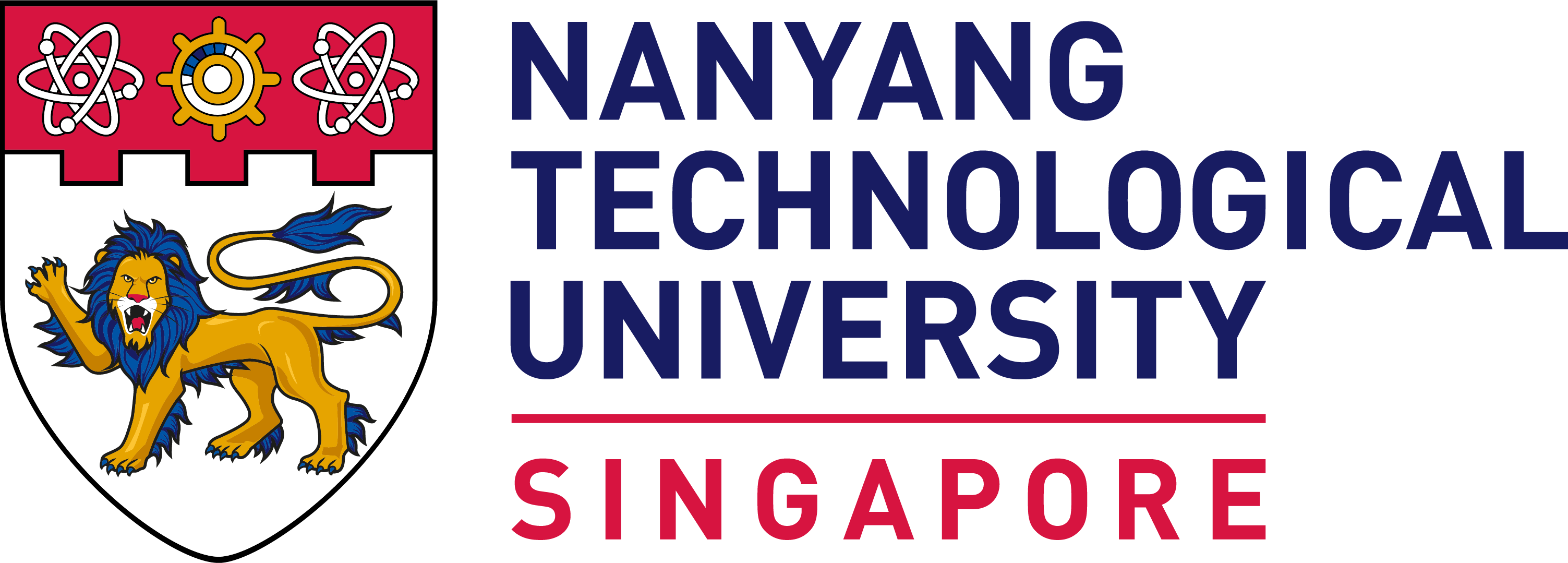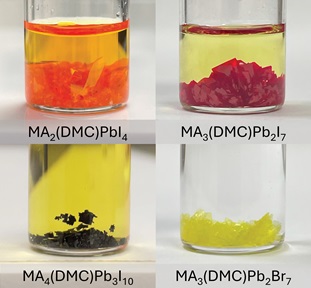Microstructures by design
Nanyang Asst Prof Hortense Le Ferrand of NTU’s School of Mechanical and Aerospace Engineering and School of Materials Science and Engineering designs materials with new structural and functional properties.
 Figure 1: 3D printed glass fibre-reinforced epoxy composite with morphing capabilities. Each arm of the cross can morph between two configurations that are preprogrammed within the sample. Image credit: Liu Wing Chung.
Figure 1: 3D printed glass fibre-reinforced epoxy composite with morphing capabilities. Each arm of the cross can morph between two configurations that are preprogrammed within the sample. Image credit: Liu Wing Chung.
Industry 4.0 is transforming the manufacturing world through automation, interconnected trade networks, and on-demand and on-site fabrication. One such game changer is additive manufacturing (AM), in which parts are constructed in a layer-by-layer fashion, on site, according to a digital file, and with minimal post-machining. AM methods have been implemented in industry. However, each method can only successfully operate a selection of compositions, which drastically reduces the initial idea of AM as a “one for all” technique to “one for a few”. Furthermore, AM parts often do not meet most of the intended final mechanical properties, reliability criteria and reproducibility.
3D printing structured materials
In my research, I develop AM paths that welcome all kinds of materials and achieve satisfying, if not enhanced, properties. My strategy is to use liquid inks containing microparticles and nanoparticles of various natures. These inks are 3D printed as the orientations of the fibre or disc-like particles are manipulated.
Using shear-induced alignment, we are designing stiff morphing materials that can repeatedly switch between several shapes. The morphing is solely controlled by the microstructure included in the material when printing.
We are exploring these structures in collaboration with Prof Andres Arrieta from Purdue University, USA, and Drs Wan Dan and Mark Hyunpong Jhon from the Institute of High Performance Computing at Singapore’s Agency for Science, Technology and Research (Figure 1).
Toughening up ceramic materials
Using magnetic fields, we are developing our own AM set-ups where complex microstructures can be controlled in composites as well as in ceramics. As we studied their mechanical properties, we found that we could nearly double the toughness of weak porous materials simply by controlling the local orientation of the embedded disc-like microparticles. Indeed, in contrast to brittle materials where the crack path is straight, controlling the orientation of the microparticles in the composites creates a tortuous crack path that delays the fracture of the material (Figure 2).
Recent progress in ultrafast pressure-less sintering of ceramics opens the possibility of using this method for tough ceramic materials, which we are exploring with Dr Du Zehui and Prof Gan Chee Lip from Temasek Laboratories @ NTU.

Figure 2: Multiple crack deflection in porous micro-structured aluminium oxide samples, which comprise orientation-controlled microparticles to prevent straight crack paths. In this composition, the microstructuring can be observed as changes in colour. Image credit: Chan Xin Ying.
Turning waste into building materials
As materials have infinite possibilities, we teamed up with researchers from the Future Cities Laboratory at the Singapore-ETH Centre to look at ways to increase the properties of composites made from agricultural waste and fungi (Figure 3). These materials could be sustainable replacements for insulating plastic foam, epoxy composite panels and even cement.
 Figure 3: Printed waste-based rods bound by fungus (in white). Image credit: Eugene Soh.
Figure 3: Printed waste-based rods bound by fungus (in white). Image credit: Eugene Soh.
Finally, we are characterising the multifunctionalities of our microstructured 3D printed specimens combining various mechanical, electrical and thermal properties. I am enthusiastic that through multidisciplinary collaborations, a “one for all” method to print multimaterial objects with enhanced functionalities will eventually be possible.
Details of the research presented in this article can be found in Journal of the European Ceramic Society (2021), DOI: 10.1016/j.jeurceramsoc.2020.08.061; Materials & Design(2020), DOI: 10.1016/j.matdes.2020.109058; and ACS Nano(2019), DOI:10.1021/acsnano.9b01095.
The article appeared first in NTU's research & innovation magazine Pushing Frontiers (issue #19, August 2021).




.tmb-listing.jpg?Culture=en&sfvrsn=29c7e020_1)
.tmb-listing.jpg?Culture=en&sfvrsn=55153609_1)

